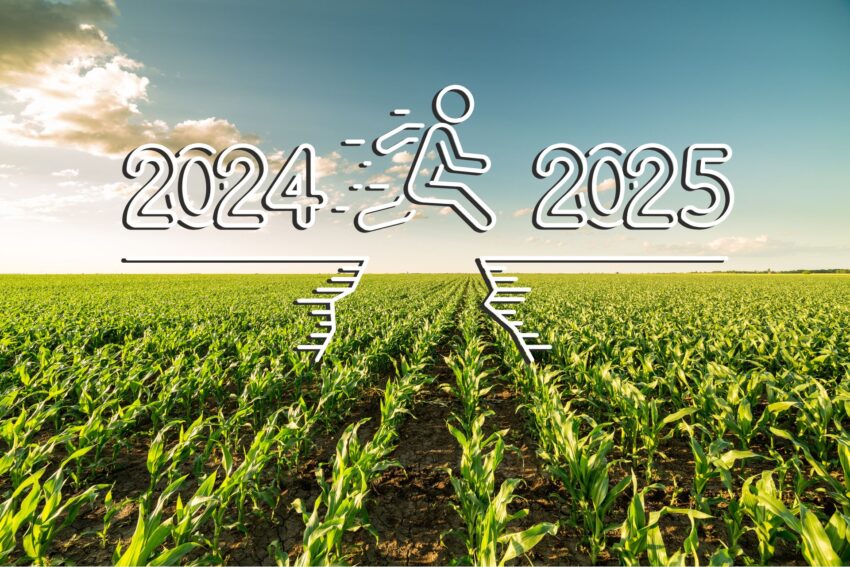The agricultural sector in 2024 was marked by a blend of economic, political, and technological shifts. From the immediate impacts of policy changes under new leadership to the long-term effects of technological adoption, farmers navigated a year fraught with challenges and opportunities.
1. Low Grain Prices
The year 2024 saw an ongoing struggle with low grain prices, driven by surplus production and weakening global demand. Farmers across major agricultural hubs like the Midwest in the U.S. faced financial strain as corn and soybean prices remained below profitable levels for many. This issue was exacerbated by international trade tensions and an oversupply from key producers like Brazil and Argentina.
2. Election of Donald Trump
Donald Trump’s return to the presidency in 2024 had significant implications for agriculture policy. His administration’s focus on protectionism raised concerns about trade relations, particularly with China, which could impact export markets. The agricultural sector braced for potential new tariffs and trade deals that might shift the dynamics of global commodity markets.
3. Brooke Rollins’ Appointment
Brooke Rollins, known for her conservative views, was appointed to lead the USDA. Her tenure was controversial, with debates over whether her policies would lean towards deregulation or more stringent environmental controls. Her approach to agricultural subsidies, trade, and environmental regulations became a focal point for both support and criticism in the farming community.
4. Equipment Manufacturer Layoffs
The agricultural equipment sector saw substantial layoffs, with giants like CNH, Deere, and others reducing their workforce. This was attributed to a dip in demand for new machinery due to economic pressures and a shift towards precision agriculture, which does not require as much new equipment.
5. John Deere’s Move to Mexico
John Deere made headlines by announcing a shift of some manufacturing operations to Mexico, leading to hundreds of job losses in the U.S. This move was criticized for prioritizing cost savings over domestic employment, igniting debates on labor and economic policy. Trump threatened high tariffs on John Deere products if the move continued, adding to the controversy.
6. Rise in Vertical Farming
Vertical farming gained traction in the U.S., particularly in urban areas. This method of agriculture, which uses less land and can produce year-round, was seen as a way to address food deserts and improve supply chain logistics, although it also raised questions about traditional farming’s future.
7. Agricultural Technology and AI
The integration of AI and IoT in farming continued to grow, with precision agriculture technologies like drones, robotic weeders, and advanced sensor systems becoming more mainstream. These technologies promise increased efficiency and reduced labor costs but also sparked discussions on the future of farming jobs.
8. Farm Bill Negotiations
The delay in passing a new Farm Bill led to uncertainties in funding for critical agricultural programs. The negotiations, influenced by the election year, were contentious, with debates over conservation funding, SNAP benefits, and support for commodity prices.
9. Controversies in Genetically Modified Crops
The introduction of new GMO traits, like the drought-tolerant wheat, was both celebrated and contested. While some viewed it as an advancement in crop resilience, others were concerned about market acceptance and long-term ecological impacts.
10. Legal Battles Over Agricultural Practices
Legal challenges against large agribusinesses like JBS for alleged misleading environmental claims added another layer of scrutiny to the sector. This not only affected corporate practices but also influenced public perception and policy on sustainable agriculture.


